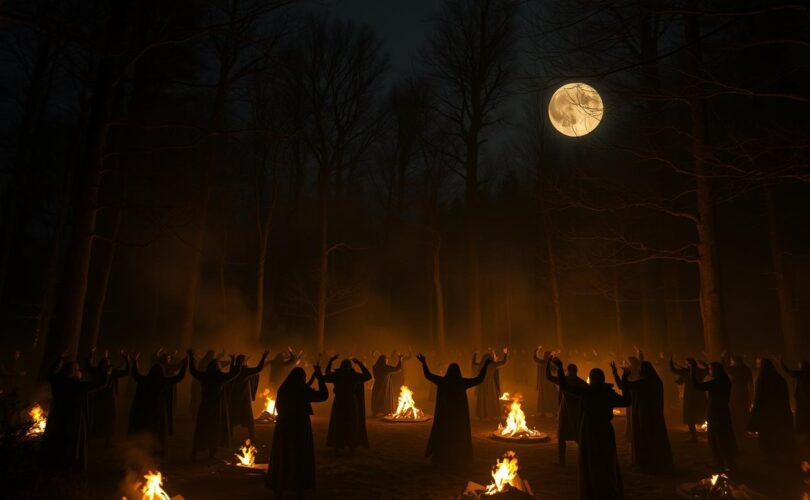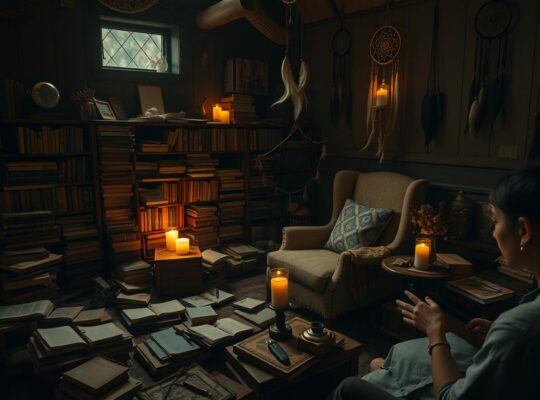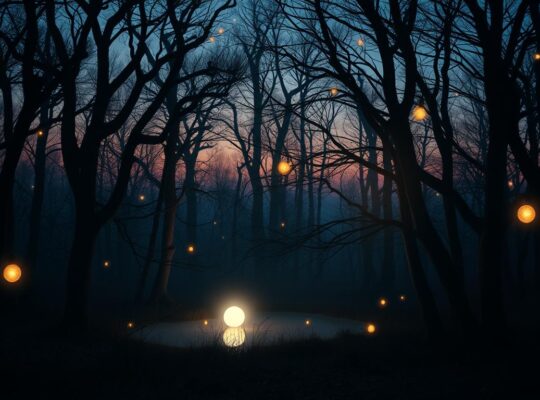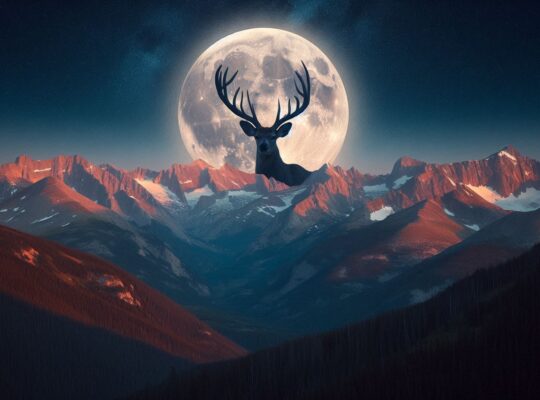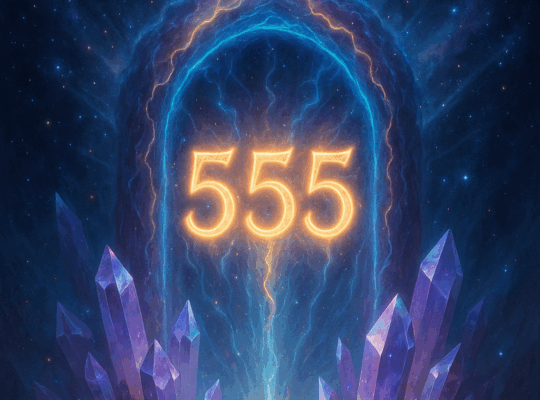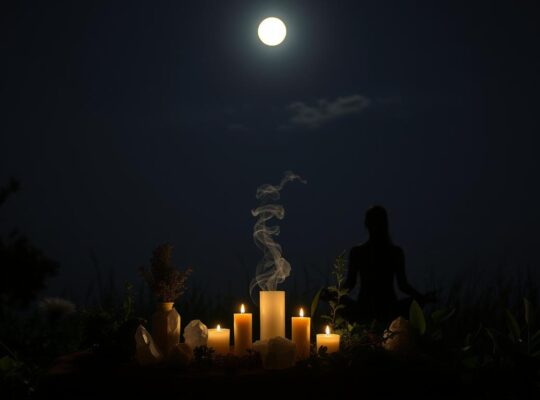A Night That Calls to My Soul
I’ll never forget the first time I heard about Walpurgisnacht. The air was thick with the promise of spring, and I was curled up with a book about European folklore. As I read about bonfires blazing against the night, witches dancing on mountaintops, and communities coming together to chase away the last shadows of winter, something inside me sparked. It felt like I’d stumbled onto a secret holiday-a night where magic and community blend into something unforgettable. Since then, Walpurgisnacht has become one of my favorite celebrations, and I’m thrilled to share its enchanting magic with you.
What Is Walpurgisnacht? The Night When Magic Walks
Walpurgisnacht, also known as Walpurgis Night or Hexennacht (“Witches’ Night”), is celebrated every year on the night of April 30th, leading into May 1st. This holiday is rooted in both Christian and pre-Christian traditions, making it a fascinating blend of history, folklore, and festivity.
Named for Saint Walpurga, an 8th-century English abbess who became one of the most beloved saints in Germany, Walpurgisnacht originally marked the eve of her canonization and the transfer of her relics. But the date itself-hovering right between the spring equinox and summer solstice-has always been special. Long before Saint Walpurga, people across northern Europe gathered on this night to light fires, sing, and welcome the return of spring.
In the Middle Ages, Walpurgisnacht was believed to be the night when witches and spirits gathered on mountaintops, especially the Brocken in Germany’s Harz Mountains, to celebrate their own wild sabbath. To protect themselves, villagers would light bonfires, make noise, and hang blessed greenery from their homes. Over time, the fear faded, but the revelry remained.
A Tapestry of Traditions: How Walpurgisnacht Is Celebrated
Walpurgisnacht is truly a festival of the senses. Whether you’re in Sweden, Germany, or celebrating right here in the United States, the traditions are all about shaking off winter’s chill and welcoming the warmth and promise of spring.
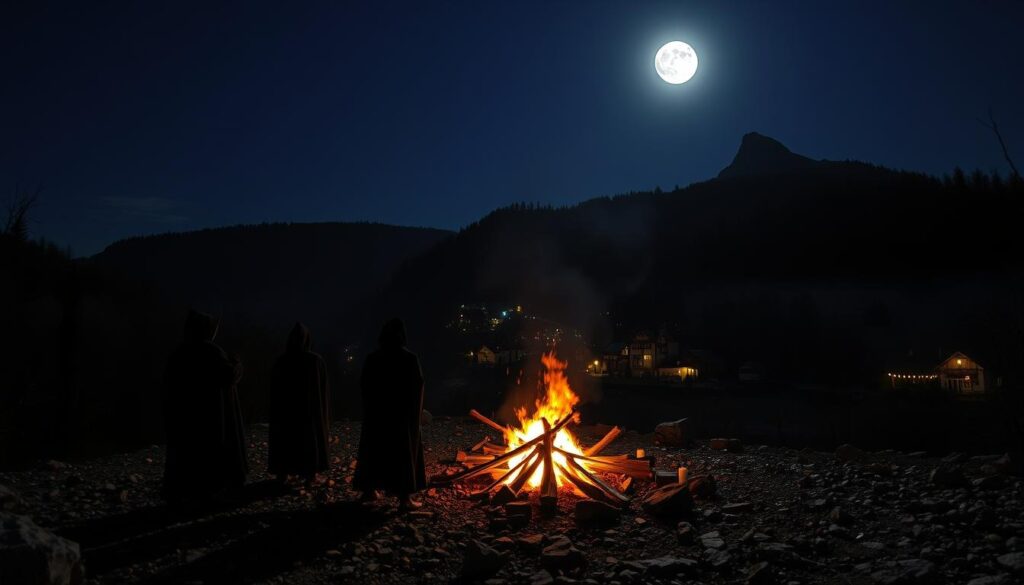
Bonfires That Light Up the Night
The heart of Walpurgisnacht is the bonfire. There’s something primal and comforting about gathering around a roaring fire with friends and neighbors, watching the flames dance against the darkness. In Sweden, these fires are a way to “sing in the spring” and banish the last of winter. In Germany, the fires are said to keep away witches and evil spirits, a tradition that goes back centuries.
Songs, Dances, and Maypole Magic
Music and dancing are everywhere. In Sweden, choirs gather to sing traditional spring songs, while in Germany, revelers might dress up as witches or demons and dance late into the night. Some communities even erect maypoles, weaving ribbons and flowers as a symbol of new life.
Costumes and Playful Mischief
One of my favorite parts? The costumes! People of all ages dress up as witches, wizards, or fantastical creatures. It’s a night for playful pranks, loud noises, and laughter-anything to scare away the old spirits and welcome in the new season.
Feasting and Community
No festival is complete without food. Walpurgisnacht feasts are filled with fresh spring foods-think salads, baked treats, and fruity drinks. In some places, people leave out bread and honey as offerings for wandering spirits or phantom hounds. Sharing a meal outdoors or around the fire makes the night feel even more magical.
Student Traditions and Singing May
In Sweden, students have their own special traditions. For over a century, university choirs have gathered to sing in the spring, a tradition that draws thousands to places like Skansen in Stockholm. Young people used to wander from house to house, singing and placing green sprigs (“May”) in the eaves, receiving treats in return-sort of like a springtime Halloween!
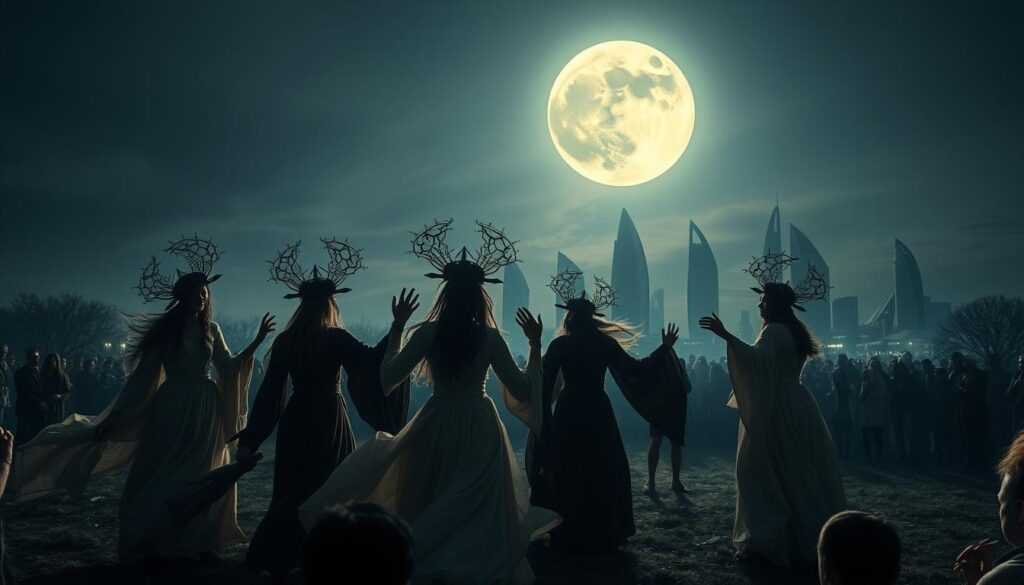
Witches, Saints, and the Thin Veil: The Lore Behind the Night
Walpurgisnacht is a night woven from legend and belief-a tapestry where Christian saints and pagan goddesses, witches and villagers, all have their place.
Saint Walpurga: The Woman Behind the Night
Saint Walpurga was an Anglo-Saxon noblewoman who traveled to Germany in the 8th century and became an abbess known for her healing miracles. After her death, stories spread of miraculous cures linked to her relics, and she was canonized on May 1st, 870. Her feast day quickly became a time of pilgrimage and celebration.
Pagan Roots and the Coming of Spring
But Walpurgisnacht’s roots go even deeper. The date aligns with ancient May Eve festivals, like Beltane in Ireland and Britain, marking the start of summer and the fertility of the earth. Fires, dancing, and rituals to protect crops and livestock were all part of these pre-Christian celebrations.
The Witches’ Sabbath and the Brocken
Medieval folklore gave the night a darker twist. It was said that witches would fly to the Brocken mountain for a wild sabbath, making pacts and casting spells. Villagers would light fires, bang pots and pans, and hang greenery to keep evil at bay. Today, the fear has faded, but the stories remain a thrilling part of the night’s magic.
From Fear to Festivity
By the 19th century, Walpurgisnacht had shifted from a night of dread to one of joy and community. Folk songs, dances, and bonfires became the focus, transforming the night into a celebration of life and light.
Bringing Walpurgisnacht Home: How I Celebrate
We don’t need to live in Europe to experience the magic of Walpurgisnacht. Over the years, I’ve found ways to bring the spirit of the night into my own backyard-and you can too!
Host a Bonfire Gathering
Invite friends and family over for a backyard bonfire. Roast marshmallows, share stories, and let the fire chase away the last of winter’s chill. If you’re feeling brave, try a little springtime singing or drumming to welcome the season.
Dress Up and Make Some Noise
Dig out those old costumes or craft a witch’s hat from scratch. Grab pots, pans, or musical instruments and make some joyful noise. Not only is it fun, but it’s also a nod to the old tradition of scaring off mischievous spirits.
Spring Feast and Potluck
Ask everyone to bring a dish made with fresh, seasonal ingredients. Think salads, fruit tarts, and homemade bread. Eating together outdoors, under the stars, makes the night feel truly special.
Share the Stories
Take a moment to share the legends of Walpurgisnacht-talk about Saint Walpurga, the witches on the Brocken, and the ancient rites of spring. It’s a wonderful way to connect with history and each other.
Create Your Own Rituals
Light a candle for new beginnings, plant seeds in your garden, or write down wishes for the coming season and toss them into the fire. Walpurgisnacht is all about renewal, so make it your own.
The Magic Lives On: Why Walpurgisnacht Matters to Me
There’s something about Walpurgisnacht that feels timeless. Maybe it’s the way the firelight flickers against the night, or the laughter of friends echoing under the stars. Maybe it’s the sense of connection-to the earth, to history, to each other-that makes this night so special.
For me, Walpurgisnacht is a reminder that even in our modern, busy lives, we can still find magic in community and tradition. It’s a chance to shake off the old, welcome the new, and celebrate the wild, enchanting world we share.
If you’re curious to learn more about other magical spring traditions, check out my previous blog on Beltane Magic: Celebrating Spring’s Fiery Bloom.
Walpurgisnacht is more than just a night of bonfires and costumes-it’s a celebration of life, renewal, and the enduring magic of community. Whether you gather with friends around a fire or simply light a candle in your window, you’re part of a tradition that stretches back centuries. So this April 30th, let your spirit dance, your laughter ring out, and your heart welcome the enchanting magic of the Night of the Witch.
Blessed Be,
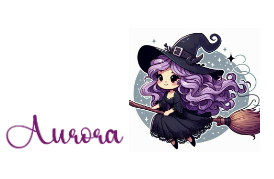
FAQ
What is Walpurgisnacht?
Walpurgisnacht is a spring festival celebrated on the night of April 30th, rooted in both Christian and pagan traditions. It’s known for bonfires, singing, dancing, and legends of witches.
Where is Walpurgisnacht celebrated?
It’s most popular in Germany, Sweden, and other parts of northern Europe, but anyone can celebrate it anywhere!
Why do people light bonfires?
Bonfires symbolize the return of light and warmth, and were traditionally believed to protect against evil spirits and witches.
Do people really dress up as witches?
Yes! Costumes are a fun and playful part of the celebration, especially in Germany and among children.
Is Walpurgisnacht related to Halloween?
While both involve costumes and legends of witches, Walpurgisnacht is a spring festival, while Halloween marks the end of autumn.
How can I celebrate at home?
Host a bonfire, sing songs, dress up, share a meal, and connect with the stories and traditions of the night.

